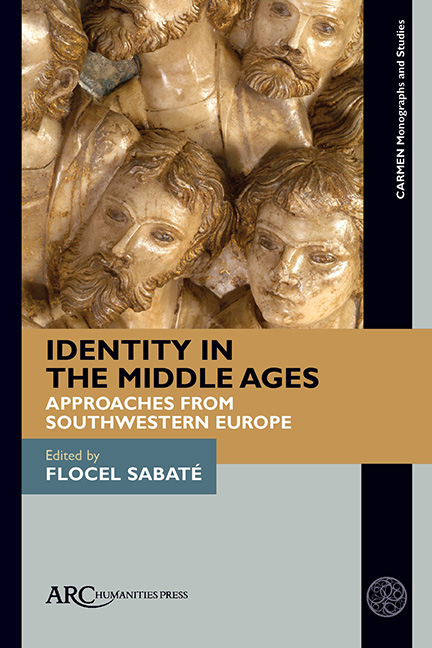Book contents
Chapter 21 - Local and “State” Identities in Cities of Fifteenth- and Sixteenth-Century Northern and Central Italy
Published online by Cambridge University Press: 20 January 2022
Summary
In the mid-nineteenth century, the great historian Carlo Cattaneo, a Lombard economist and intellectual, wrote that when a village inhabitant of even a few miles from Paris, was asked the name of his homeland, he would have answered with that of his own village. In contrast, when the same question was asked of a peasant or shepherd living in a valley of Bergamo, perhaps tens of miles from the city, they would have answered: “I am from Bergamo.”
This sense of belonging to the cities, even among inhabitants of the countryside, is reflected in the idea that the contado (the territory and population of the countryside around the town) was an integral part of urban identity in northern Italy during the Middle and Early Modern Ages. It also reflects the related idea that the cities around which the large Italian municipalities took shape between the twelfth and the thirteenth centuries (just like the old Roman civitates—according to the definition in the Digestum), comprised both the urban territory, delimited by its walls, and the extended territory (in fact, the contado) which belonged to the city and tended to identify itself with the area of the diocese under which it fell.
We need not draw attention to the process that, in the wake of the great urban development across Europe in the tenth and eleventh centuries, led Central and Northern Italy to build real city-states. This was because the ancient inheritance of the Roman civi-tates was strengthened by the addition of the episcopal see between the second and the third centuries, and by the bonds created and maintained between the bishop and the eminent classes of the diocese. During the tenth and eleventh centuries, urban growth added to these historic centres. To the development of the urban centre and the many municipal institutions created (which were largely at first feudal and episcopal), was also added territorial expansion in line with the territory of the diocese. This expansion, even where incomplete, produced a geo graphy of “city-states,” in which urban territories adjoined other urban territories, leaving little room for rural lordships or forms of political organization not connected to medi eval city communes.
- Type
- Chapter
- Information
- Identity in the Middle AgesApproaches from Southwestern Europe, pp. 433 - 451Publisher: Amsterdam University PressPrint publication year: 2021



